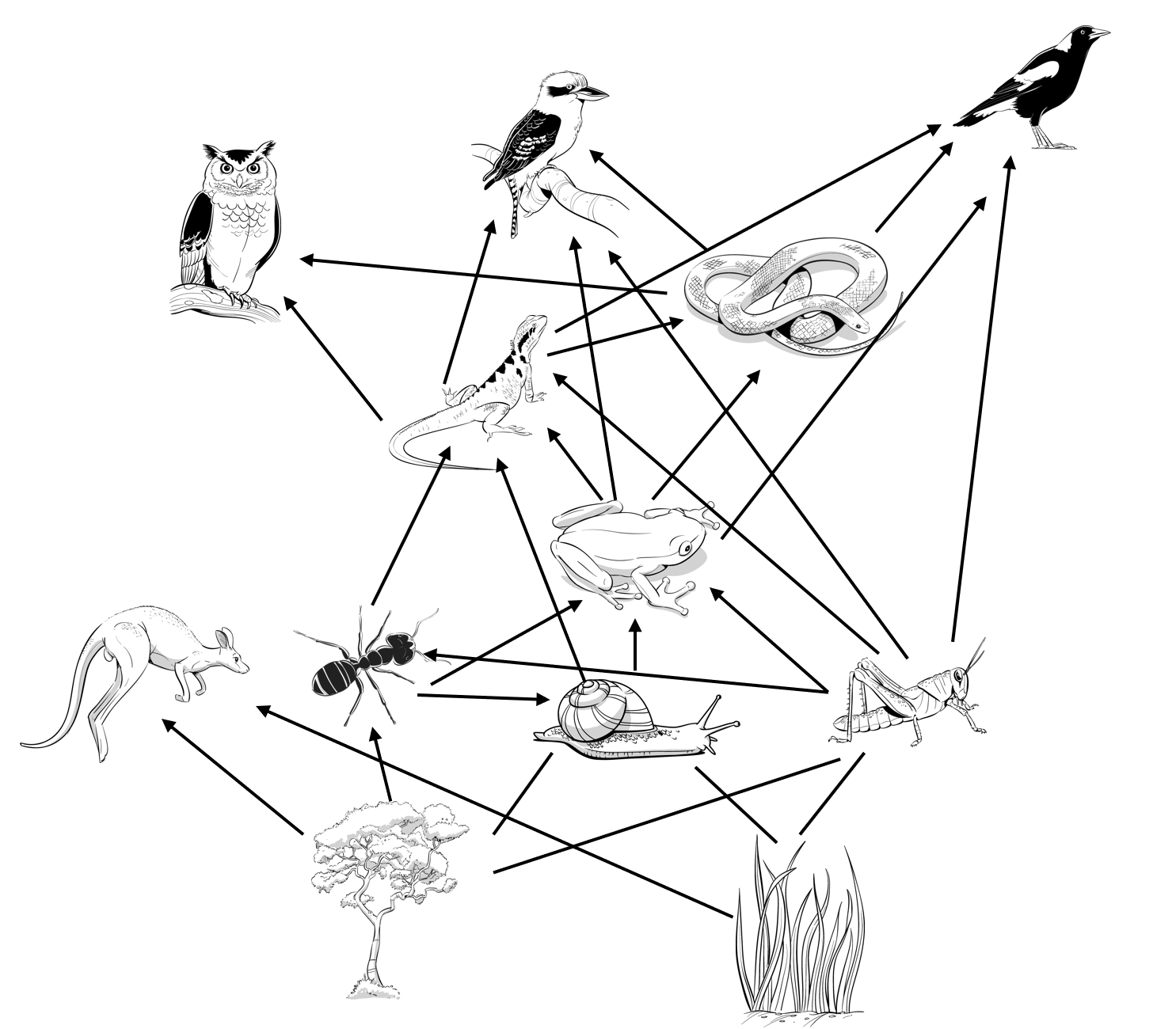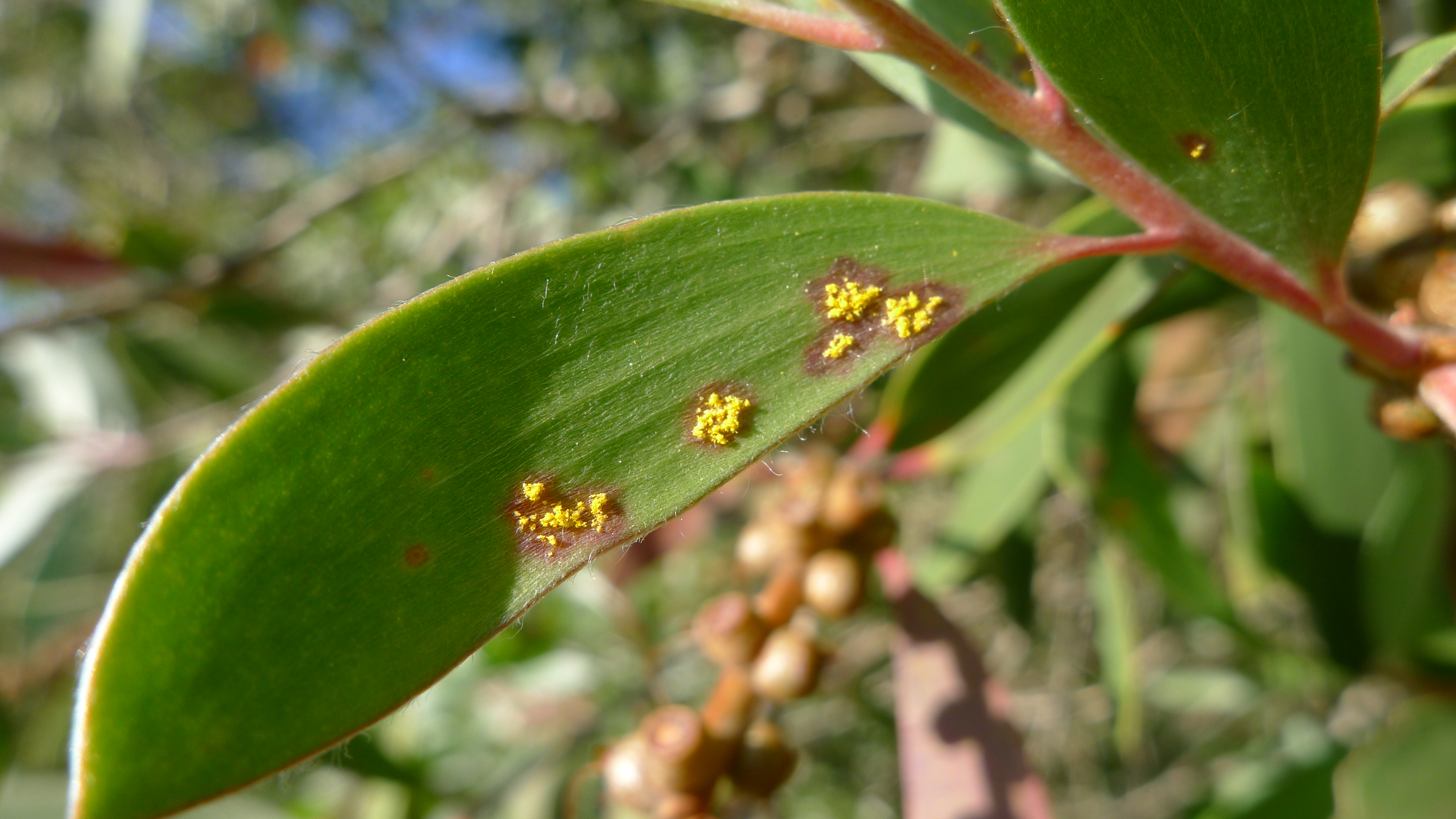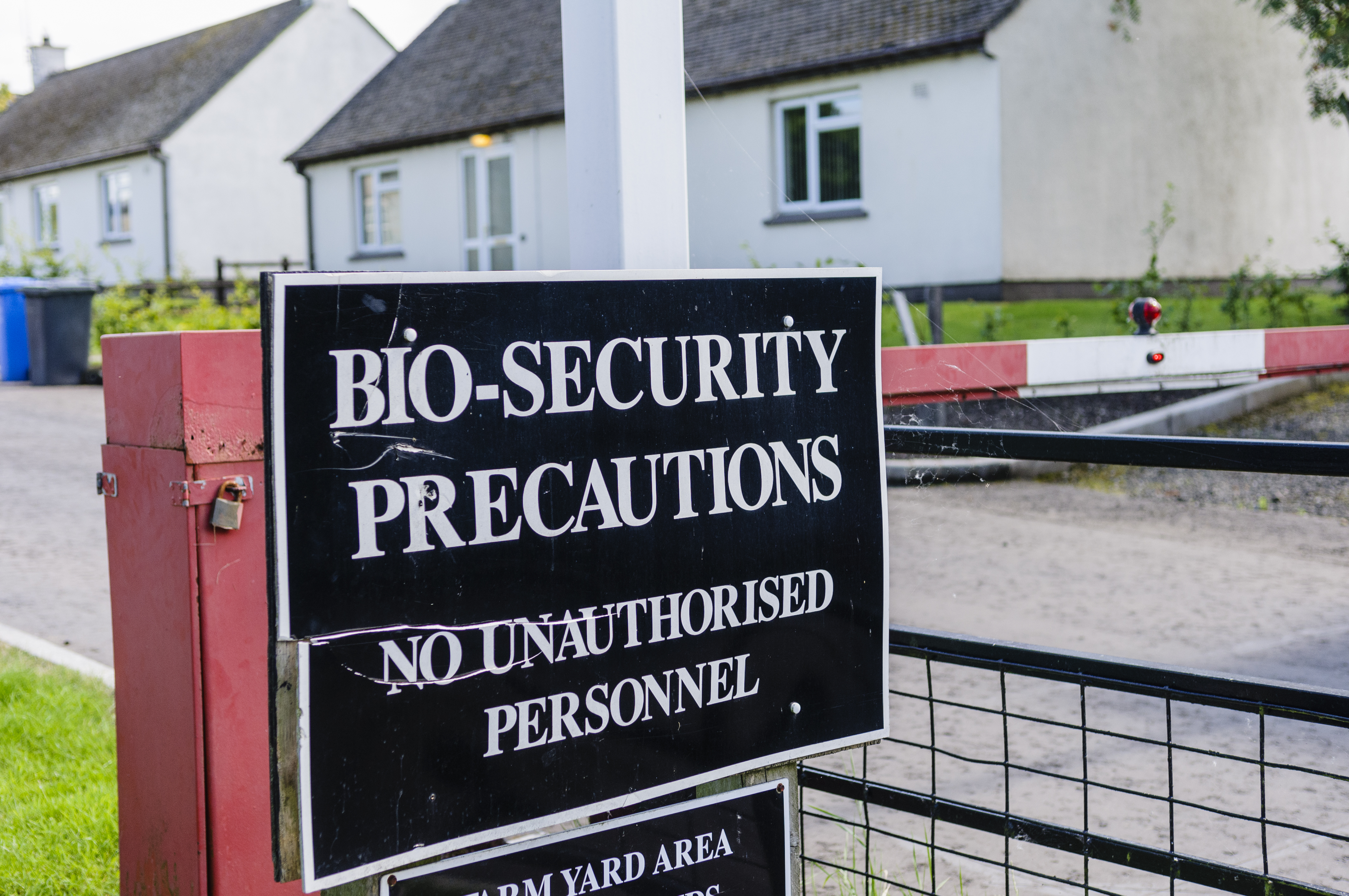Ecosystems beyond Earth
View Sequence overviewStudents will:
- model an Australian food web.
- model how an introduced species can affect other plants and animals in a food web.
- compare the biosecurity measures taken in Australia to those needed on the ISS.
- discuss the importance of biodiversity in an ecosystem.
Students will represent their understanding as they:
- construct an Australian food web.
- describe how plants and animals will be affected by an introduced species in the food web.
- describe the importance of biodiversity in an ecosystem.
In this lesson, assessment is formative.
Feedback might focus on:
- representing flows of energy in a food web.
- predicting the impact of introducing new species in an ecosystem.
- the importance of biodiversity to an environment’s health.
Potential summative assessment
Students working at the achievement standard should:
- analyse food webs to show feeding relationships between organisms in an ecosystem and the role of microorganisms in disease.
- examine how events such as the introduction of a species cause changes in populations.
- examine First Nations Australians’ response to the invasive species Myrtle rust and their effect on food webs that many communities are part of and depend on for produce.
Refer to the Australian Curriculum content links on the Our design decisions tab for further information.
Whole class
Ecosystems beyond Earth Resource PowerPoint
Each group
Australian food web Resource cards
Butcher/A3 paper
Each student
Individual science notebook
Lesson
The Inquire phase allows students to cycle progressively and with increasing complexity through the key science ideas related to the core concepts. Each Inquire cycle is divided into three teaching and learning routines that allow students to systematically build their knowledge and skills in science and incorporate this into their current understanding of the world.
When designing a teaching sequence, it is important to consider the knowledge and skills that students will need in the final Act phase. Consider what the students already know and identify the steps that need to be taken to reach the level required. How could you facilitate students’ understanding at each step? What investigations could be designed to build the skills at each step?
Read more about using the LIA FrameworkRe-orient
Discuss the types of plants and the growing conditions that will be needed to grow food on the ISS or in space settlements.
The Inquire phase allows students to cycle progressively and with increasing complexity through the key science ideas related to the core concepts. Each Inquire cycle is divided into three teaching and learning routines that allow students to systematically build their knowledge and skills in science and incorporate this into their current understanding of the world.
When designing a teaching sequence, it is important to consider the knowledge and skills that students will need in the final Act phase. Consider what the students already know and identify the steps that need to be taken to reach the level required. How could you facilitate students’ understanding at each step? What investigations could be designed to build the skills at each step?
Read more about using the LIA FrameworkIdentifying and constructing questions is the creative driver of the inquiry process. It allows students to explore what they know and how they know it. During the Inquire phase of the LIA Framework, the Question routine allows for past activities to be reviewed and to set the scene for the investigation that students will undertake. The use of effective questioning techniques can influence students’ view and interpretation of upcoming content, open them to exploration and link to their current interests and science capital.
When designing a teaching sequence, it is important to spend some time considering the mindset of students at the start of each Inquire phase. What do you want students to be thinking about, what do they already know and what is the best way for them to approach the task? What might tap into their curiosity?
Read more about using the LIA FrameworkProtecting ISS food
Pose the question: Why is it important for the ISS or settlements on the Moon or Mars to have their own food supplies?
Discuss the challenges of providing food to ‘space settlements’ including:
- the preparation of long-life foods.
- minimising the weight and volume of the foods (to reduce the fuel costs, and the room needed to pack them in the rocket).
- the stress placed on the food during lift-off (up to 3 times Earth’s gravity) and microgravity (almost undetectable gravity).
- the time taken to reach the settlement (ISS = 4 hours, Moon = 3 days, Mars = >9 months).
Pose the question: What would happen if the food becomes rotten?
The Inquire phase allows students to cycle progressively and with increasing complexity through the key science ideas related to the core concepts. Each Inquire cycle is divided into three teaching and learning routines that allow students to systematically build their knowledge and skills in science and incorporate this into their current understanding of the world.
When designing a teaching sequence, it is important to consider the knowledge and skills that students will need in the final Act phase. Consider what the students already know and identify the steps that need to be taken to reach the level required. How could you facilitate students’ understanding at each step? What investigations could be designed to build the skills at each step?
Read more about using the LIA FrameworkIdentifying and constructing questions is the creative driver of the inquiry process. It allows students to explore what they know and how they know it. During the Inquire phase of the LIA Framework, the Question routine allows for past activities to be reviewed and to set the scene for the investigation that students will undertake. The use of effective questioning techniques can influence students’ view and interpretation of upcoming content, open them to exploration and link to their current interests and science capital.
When designing a teaching sequence, it is important to spend some time considering the mindset of students at the start of each Inquire phase. What do you want students to be thinking about, what do they already know and what is the best way for them to approach the task? What might tap into their curiosity?
Read more about using the LIA FrameworkAustralian case study
(Slide 22) Discuss how Australia is an island and takes biosecurity measures to protect the food we grow. Studying how pests have been introduced into Australia can provide us with hints on what might need to be done on settlements in space.
- How does Australia prevent diseases from coming in?
- Has anyone seen the small form filled in when you arrive in Australia on a plane or a boat? It asks if you have visited any overseas farms during your trip. Why do you think Australia asks these questions?
- What could be the impacts of introducing a new pest (plant, animal, pathogens, or disease-spreading vectors)?
(Slide 23) Explain that students are going to model the impacts of introducing Myrtle rust into an Australian environment.
Student groups use the Australian food web Student resource cards to set up an Australian food web.
✎ STUDENT NOTES: Record the food web.

Watch the video Myrtle rust, the silent killer (11:13).
(Slide 24) Discuss the fungal disease Myrtle rust (Puccinia psidii):
- It is native to Central America, the Caribbean, South Africa, and New Caledonia.
- It infects and kills eucalyptus trees, bottle brush, paperback, and tea trees.
- Currently, only one species of Myrtle rust is present in Australia (Austropuccinia psidii).
In small groups, students discuss the impact of this disease on the Australian food web.
✎ STUDENT NOTES: Write how each plant and animal in the food web would be affected (increase or decrease populations) and why. For example, the Eucalyptus population would decrease because of infection. Populations of kangaroos, ants, snails, and grasshoppers will decrease because of less food supply. The population of spinifex will decrease because more of it will be eaten.
Discuss how this food web is not representative of an Australian ecosystem which is much more complex in its interactions.
- Do you think this food web represents all the plants and animals that are an Australian ecosystem? What other plants and animals might be present?
- How might one of these animals (select one) change the food web?
- What is the challenge of trying to model everything that happens in an ecosystem?
Pose the question: How can Australia protect its plants and animals from new species?
Discuss how First Nations communities and rangers are at the forefront of identifying species and places that are threatened by introduced species such as Myrtle rust.
Optional: Watch the video Roots of Resilience (13:04) that tells the story of environmental biosecurity from a First Nations' perspective.
(Slide 25) Brainstorm how Australian biosecurity is working to keep new species out of Australia, through thorough checking or restricting the movement of plant materials and wood into Australia and checking any shoes or clothing from visitors that might carry spores or seeds on them.
Myrtle rust (Austropuccinia psidii)
Myrtle rust is a fungal disease that impacts plants in the Myrtaceae family.

Myrtle rust is a fungal disease that spreads via spores found on clothing, insects, equipment, and wind, making it difficult to control or eradicate. It thrives in damp, dark conditions and infects plants by penetrating their cells to draw nutrients, causing damage. Infected plants can show symptoms within days, such as yellow spots, lesions, and dieback, particularly affecting new shoots, young leaves, flowers, and fruits. This affects the ability of the young plant to photosynthesise and grow. New spores are produced and spread by insects, flying foxes, birds or wind within 10 days. Thick walls on the spores and pigments that protect them from UV allow them to survive up to 90 days in favourable conditions (15-25 degrees Celsius and high humidity).
Myrtle rust primarily impacts plants in the Myrtaceae family, which is prominent in Australian ecosystems, leading to biodiversity loss and potential ecosystem shifts. The only species detected in Australia in 2010 (Austropuccinia psidii) threatens several animal species, including those dependent on Myrtaceae for food. Environmental and economic consequences include the destruction of rainforests, increased erosion due to plant loss, and harm to industries like plant nurseries, agriculture, and tourism.
Myrtle rust also worsens climate change effects, reducing vegetation recovery after bushfires and droughts. Its spread can devastate industries like the lemon myrtle and tea tree industries and pose risks to hardwood production.
Myrtle rust is a fungal disease that spreads via spores found on clothing, insects, equipment, and wind, making it difficult to control or eradicate. It thrives in damp, dark conditions and infects plants by penetrating their cells to draw nutrients, causing damage. Infected plants can show symptoms within days, such as yellow spots, lesions, and dieback, particularly affecting new shoots, young leaves, flowers, and fruits. This affects the ability of the young plant to photosynthesise and grow. New spores are produced and spread by insects, flying foxes, birds or wind within 10 days. Thick walls on the spores and pigments that protect them from UV allow them to survive up to 90 days in favourable conditions (15-25 degrees Celsius and high humidity).
Myrtle rust primarily impacts plants in the Myrtaceae family, which is prominent in Australian ecosystems, leading to biodiversity loss and potential ecosystem shifts. The only species detected in Australia in 2010 (Austropuccinia psidii) threatens several animal species, including those dependent on Myrtaceae for food. Environmental and economic consequences include the destruction of rainforests, increased erosion due to plant loss, and harm to industries like plant nurseries, agriculture, and tourism.
Myrtle rust also worsens climate change effects, reducing vegetation recovery after bushfires and droughts. Its spread can devastate industries like the lemon myrtle and tea tree industries and pose risks to hardwood production.
Australian biosecurity measures
Australia’s biosecurity measures are essential for safeguarding agricultural industries and ecosystems.

Australia’s biosecurity measures are designed to protect its environment, economy, and public health from harmful pests, diseases, and contaminants. Given its unique biodiversity, these measures are essential for safeguarding agricultural industries and ecosystems.
Key components include stringent border control with quarantine stations and biosecurity officers at airports, ports, and post offices. Goods, passengers, and mail undergo a thorough inspection to prevent the entry of foreign pests and diseases. Import permits and risk analysis of new products help regulate the import of goods, ensuring that potentially dangerous items are assessed and managed appropriately.
Surveillance systems monitor agriculture and the environment for new and emerging threats, while sentinel systems use test chickens to detect bird flu or fly traps to detect fruit flies. The Biosecurity Act 2015 governs these activities, outlining the powers for enforcement and quarantine.
Post-border measures include inspections of goods and the activation of rapid response programs to control outbreaks such as that experienced during COVID-19. Public engagement, awareness campaigns, and reporting systems ensure community participation in identifying and addressing threats. Additionally, Australia works with international organizations like the World Trade Organization (WTO) and International Plant Protection Convention (IPPC) to adhere to global biosecurity standards and collaborate with neighbouring countries.
Australia’s biosecurity measures are designed to protect its environment, economy, and public health from harmful pests, diseases, and contaminants. Given its unique biodiversity, these measures are essential for safeguarding agricultural industries and ecosystems.
Key components include stringent border control with quarantine stations and biosecurity officers at airports, ports, and post offices. Goods, passengers, and mail undergo a thorough inspection to prevent the entry of foreign pests and diseases. Import permits and risk analysis of new products help regulate the import of goods, ensuring that potentially dangerous items are assessed and managed appropriately.
Surveillance systems monitor agriculture and the environment for new and emerging threats, while sentinel systems use test chickens to detect bird flu or fly traps to detect fruit flies. The Biosecurity Act 2015 governs these activities, outlining the powers for enforcement and quarantine.
Post-border measures include inspections of goods and the activation of rapid response programs to control outbreaks such as that experienced during COVID-19. Public engagement, awareness campaigns, and reporting systems ensure community participation in identifying and addressing threats. Additionally, Australia works with international organizations like the World Trade Organization (WTO) and International Plant Protection Convention (IPPC) to adhere to global biosecurity standards and collaborate with neighbouring countries.
The Inquire phase allows students to cycle progressively and with increasing complexity through the key science ideas related to the core concepts. Each Inquire cycle is divided into three teaching and learning routines that allow students to systematically build their knowledge and skills in science and incorporate this into their current understanding of the world.
When designing a teaching sequence, it is important to consider the knowledge and skills that students will need in the final Act phase. Consider what the students already know and identify the steps that need to be taken to reach the level required. How could you facilitate students’ understanding at each step? What investigations could be designed to build the skills at each step?
Read more about using the LIA FrameworkFollowing an investigation, the Integrate routine provides time and space for data to be evaluated and insights to be synthesized. It reveals new insights, consolidates and refines representations, generalises context and broadens students’ perspectives. It allows student thinking to become visible and opens formative feedback opportunities. It may also lead to further questions being asked, allowing the Inquire phase to start again.
When designing a teaching sequence, consider the diagnostic assessment that was undertaken during the Launch phase. Consider if alternative conceptions could be used as a jumping off point to discussions. How could students represent their learning in a way that would support formative feedback opportunities? Could small summative assessment occur at different stages in the teaching sequence?
Read more about using the LIA FrameworkFungi in space
Pose the question: How could an introduced fungus affect plants on the ISS or space settlements?
(Slide 26) Discuss how there are not many types of different plants on the ISS or future settlements. This means one introduced pest could wipe out most of/all of the food.
✎STUDENT NOTES: Record and define the term ‘biodiversity’—the number of different types of plants and animals in a particular habitat or area.
Pose the question: Why will it be important to have a big biodiversity of plants in future space settlements?
Discuss the 2016 fungal infection of zinnia plants on the ISS. Four out of seven plants died within a very short time. Ask students to consider the consequences if a Moon settlement suddenly lost over half of their food plants. Would it help if there were many different types of plants being grown?
✎STUDENT NOTES: Discuss the answer to this question and record it.
(Slide 27) Discuss how NASA prevents infectious diseases from arriving on the International Space Station by inspecting and quarantining most food before it is loaded onto a rocket.
Reflect on the lesson
You might:
- research and share the biosecurity measures used to prevent infections from reaching Australia.
- re-examine the intended learning goals for the lesson and consider how they were achieved.
- discuss how students were thinking and working like scientists during the lesson.